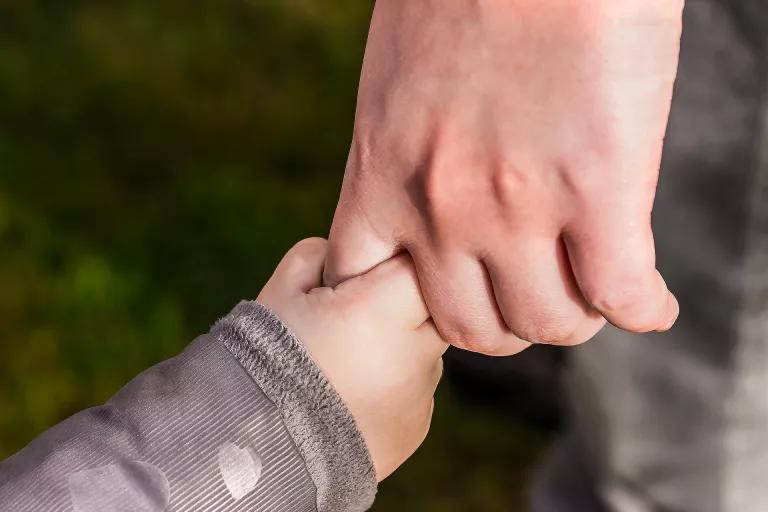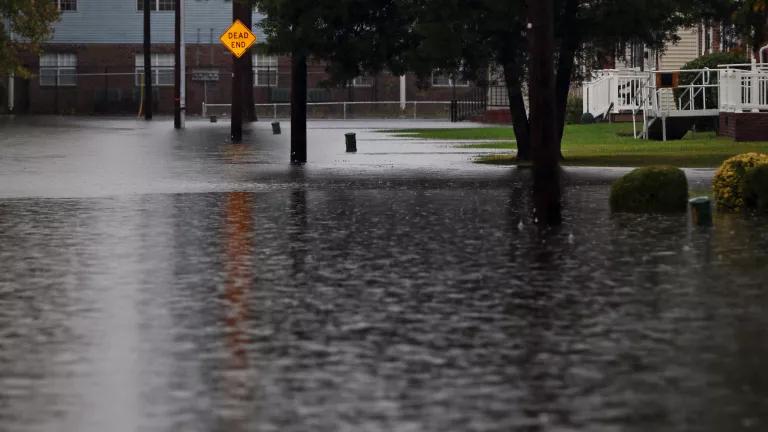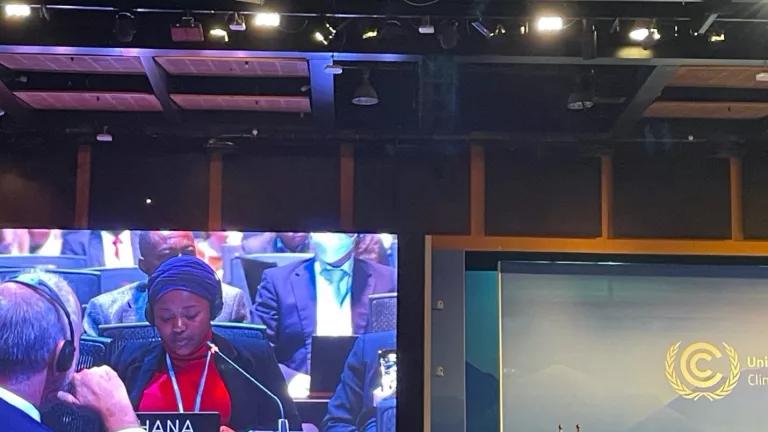Protecting People Now with Climate Adaptation

Are you worried about what climate change is doing to us? If so, the latest report from the United Nations' Intergovernmental Panel on Climate Change (IPCC) might feel like a punch to the gut. It paints a dire picture of the hotter, wilder, more dangerous world that awaits us if we fail to cut climate-changing pollution in the next 12 years.
But here’s something we all need to remember: It’s still possible to avert climate chaos.
To protect the health, safety, and prosperity of future generations, all nations—and particularly big emitters like the United States—need to make a dramatic shift from dirty sources of energy to a cleaner, more efficient system that doesn’t dump carbon pollution into the air. Governments at all levels, businesses, communities, and individuals also must recognize that we live in a fundamentally altered world—and adapt accordingly.
What Is Climate Adaptation?
Climate adaptation measures are actions that help us deal with the present-day harms of climate change and minimize future impacts. Adaptation measures can be simple, individual actions, like making a household emergency plan. Or, they can be complicated, multi-year tasks requiring multiple levels of government and a wide range of stakeholders, like transforming the way cities are designed.
Why Do We Need to Adapt?
Climate change isn’t some future possibility; it’s harming us now. For one thing, increasingly extreme heat, severe wildfires, dangerous flooding, and other manifestations of our warming world already threaten our health.
Second, the IPCC report concludes with high confidence that:
“Any increase in global warming is projected to affect human health, with primarily negative consequences.”
Our planet has already warmed by about 1 degree Celsius (1.8 degrees Fahrenheit) since 1901 because of heat-trapping pollution from human activities, largely the burning of fossil fuels. The new IPCC report makes it clear that the world faces major challenges even if future warming is limited to 1.5 degrees Celsius (2.7 degrees Fahrenheit).
Some adaptation measures can provide health benefits now and reduce the pollution that’s causing climate change. For instance, rising temperatures and levels of carbon pollution are expected to reduce the yield and nutritional value of staple crops such as corn and rice. Reducing food waste can help ensure crops feed people instead of trash bins, and also reduce the heat-trapping methane pollution associated with agriculture and landfills.
Finally, climate change piles additional health threats on communities dealing with the negative legacy of poverty, racism, gender bias, and other forms of inequality. Take, for instance, families who live in low-quality housing and lack the means to pay for air conditioning. Kids in those circumstances who have asthma are more likely to suffer severe symptoms, which in turn can be made even worse by climate change-fueled asthma triggers like mold, wildfire smoke, and allergenic pollen. Adaptation measures like making multi-family homes more energy efficient can help protect residents from the temperature extremes and air pollution that exacerbate respiratory diseases, and help narrow income disparities by making electricity bills more affordable.
Isn’t Adaptation Already Happening?
Yes, but not at the scale we need. For example, look at what the nations of the world have committed to do as part of the landmark Paris Climate Agreement. (Recall that for now, the United States is still part of the Paris Agreement. Although President Trump threatened to pull out, he can’t formally do that until 2020.)
As of July 2018, fewer than half of the “nationally determined contributions” countries were required to submit under the Paris Agreement identified the health care sector as vulnerable to climate change. Less than 40 percent of the countries elaborated on climate and health adaptation plans, actions, or strategies in their Paris commitments. The United States is one of the nations that failed to mention health (or adaptation at all) in its 2015 contribution, even though our health agencies are regularly tested by climate-fueled extremes.
Can We Just Adapt, and Not Worry About Cutting Pollution?
It’s tempting to think we can just adapt our way out of this problem. But the longer we wait to cut emissions, the harder and more expensive it will be to respond to disasters, fix or replace failing infrastructure, plant the right crops for future climates, and move people out of harm’s way.
Furthermore, there are limits to climate adaptation—including the upper temperature limit imposed by human biology that could make some parts of the world nearly uninhabitable. And adaptation simply can’t save some natural systems, like tropical coral reefs, which will virtually disappear if warming reaches 2 degrees Celsius (3.6 degrees Fahrenheit).

It’s ok to feel sad, angry, and scared about the latest IPCC report—especially in the current political climate. But don’t stop there. We also need to be courageous. The world has overcome enormous challenges before by working together for the common good. By heeding the report’s call and demanding swift and ambitious action from all levels of society, we can keep future and current generations safe from dangerous temperatures, fiercer storms and droughts, and surging seas that swamp coastal communities.




